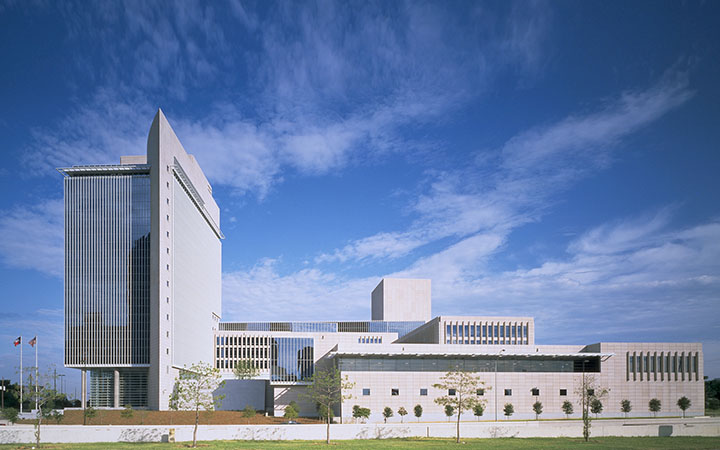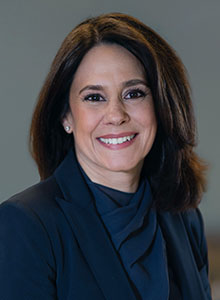Federal Reserve Bank of Dallas

"Texas Wants Reserve Bank," proclaimed the Texas Bankers Record in February 1914. While bankers, business and community leaders in Dallas, Fort Worth and Houston wanted a Reserve Bank in their city, they agreed: "Texas first; the city after." Eager leaders from each city made passionate pleas on behalf of their communities at the Reserve Bank Organization committee hearing that February in Austin.
On April 2, 1914, Dallas was selected as the site of the Federal Reserve Bank for the Eleventh District, an area encompassing Texas and parts of New Mexico, Louisiana, Arizona and Oklahoma (the district was later redrawn to include only Texas, northern Louisiana and southern New Mexico), edging out New Orleans. The Reserve Bank Organization committee stated that it chose the 12 cities it believed were the most important in terms of banking resources, central location, and communication and transportation facilities. Dallas' selection over New Orleans was controversial, as Dallas, and New Orleans had comparably sized banks at the time, but the committee thought it especially noteworthy that the banking business in Dallas had more than doubled in the past decade while that in New Orleans had remained stable.1
On November 16, 1914, the Federal Reserve Bank of Dallas opened for business. The Bank subsequently opened branches in El Paso (1918), Houston (1919) and San Antonio (1927), giving Texas the most Federal Reserve offices of any state.
One unique aspect of the Federal Reserve's Eleventh District is that it includes 74 percent of the 1,933 miles that make up the U.S.-Mexico border. Because of this, the connection between the U.S. and Mexico's economies is a key focus for the Dallas Fed.
Texas remains the leading exporting state in the U.S—and it sells more goods to Mexico than any other country. The majority of people who have immigrated to Texas from another country are from Mexico. And cities on both sides of the border between the Eleventh District and Mexico share connections that benefit each other.2
Because of the connection between the two countries, the Dallas Fed maintains a close relationship with Mexico's central bank, Banco de México. Officials from the two Banks meet yearly to share information and learn about economic trends affecting Mexico and the U.S., including Texas. The Dallas Fed's El Paso Branch board also meets yearly with Banco de México's Juárez Branch board, sharing details about trends along the border. The Dallas Fed often hosts the Banco de México's governor—the head of the central bank—for public events.
Texas, Louisiana and New Mexico also play a leading role in the U.S. energy industry. Texas is the largest producer of oil and natural gas of any U.S. state,3 and also the largest producer of wind-generated electricity.4 The Permian Basin, in West Texas and southwestern New Mexico, is one of the oldest oil-and-gas producing regions in the U.S.
Economists at the Dallas Fed keep close watch on the energy industry's impact on the economy, and produce a survey of energy companies in the region four times a year. The Dallas Fed's Energy Advisory Council, made up of energy company leaders from around the region, advises the Bank on emerging trends and issues affecting various parts of the energy industry.
Endnotes1 United States Reserve Bank Organization Committee. "Decision of the Reserve Bank Organization Committee Determining the Federal Reserve Districts and the Location of Federal Reserve Banks under the Federal Reserve Act Approved December 23, 1913." April 2, 1914, via FRASER.
2 Kaplan, Robert S. "The U.S.-Mexico Economic Relationship and a Discussion of U.S. Monetary Policy," Federal Reserve Bank of Dallas, Nov. 4, 2016.
3 Kaplan, Robert S. "A Brief Discussion Regarding the Impact of Climate Change on Economic Conditions in the Eleventh District." Federal Reserve Bank of Dallas, June 27, 2019.
4 Kaplan, Robert S. "A Perspective on Oil," Federal Reserve Bank of Dallas, June 19, 2018.
Written by the Federal Reserve Bank of Dallas, September 2021. See disclaimer and update policy.


 X
X  facebook
facebook
 email
email